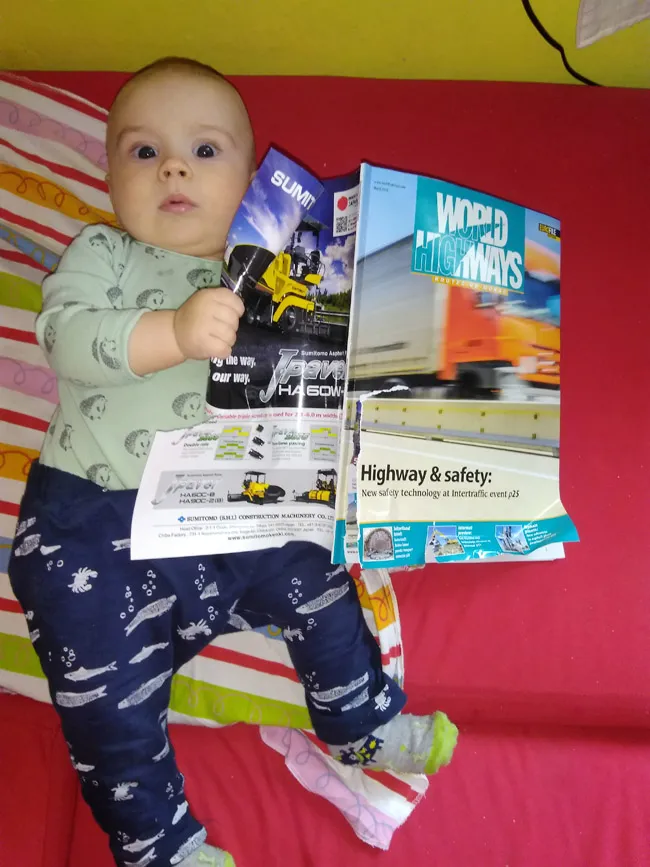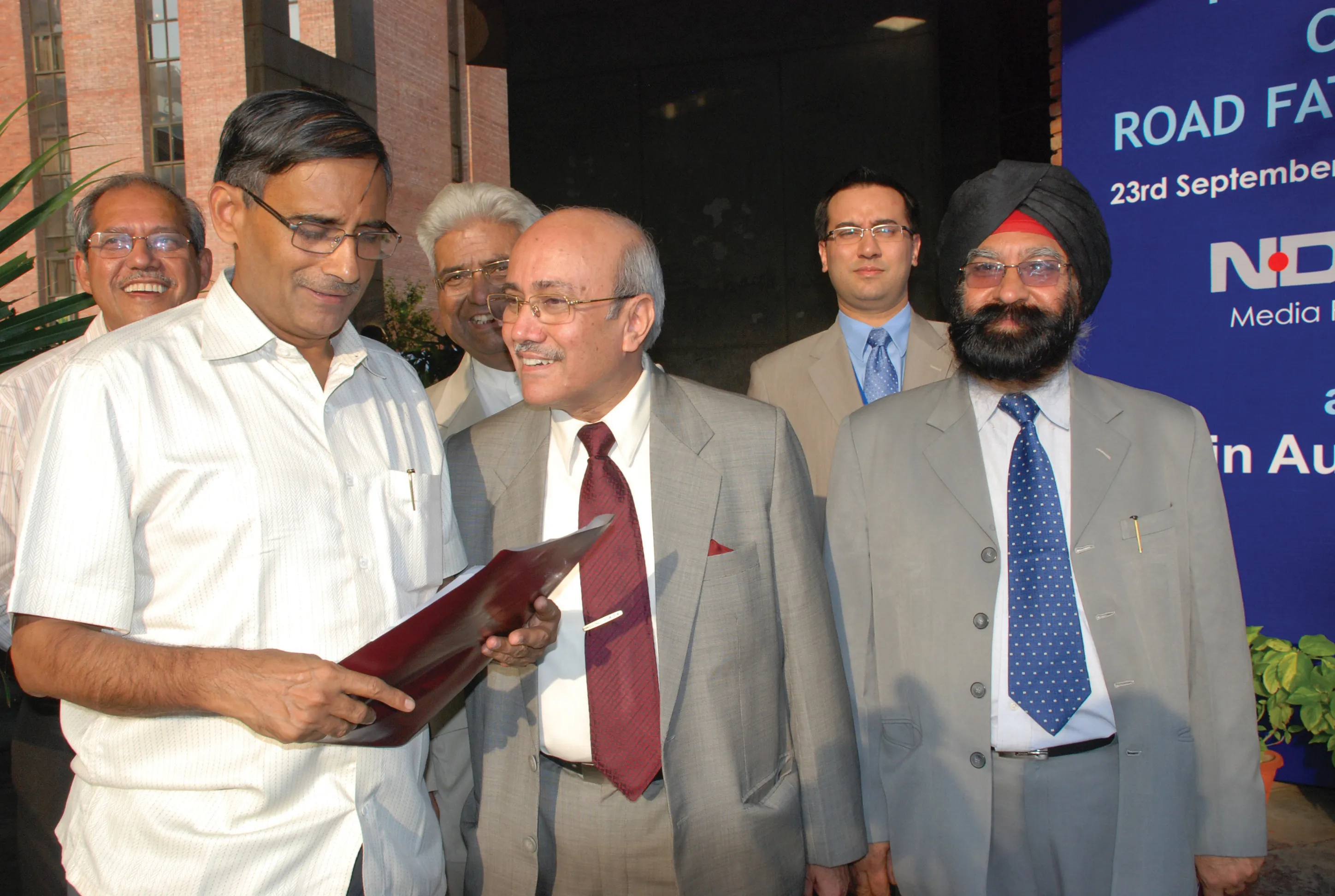Many governments worldwide are using investment in infrastructure as a means to help tackle the current economic conditions. New highway construction, widening and repair contracts as well as bridge and tunnel projects that had been planned, are now being accelerated to help the industry and provide construction jobs.
February 27, 2012
Read time: 3 mins
Many governments worldwide are using investment in infrastructure as a means to help tackle the current economic conditions. New highway construction, widening and repair contracts as well as bridge and tunnel projects that had been planned, are now being accelerated to help the industry and provide construction jobs.
However with projects being speeded up, questions should be asked about whether safety issues will be catered for in many of these projects. Using the cold hard terms of economics, highway safety measures offer substantial cost savings in the long term. Preventing just one or two fatal accidents can mitigate the cost of a barrier installation, signs or collapsible poles. Moreover good highway design can further boost safety through ensuring that proper anti-skid surfaces are used, providing proper drainage to prevent surface water accumulating even in heavy rainfall or designing curves and cambers in such a way as to minimise the risk of crashes. There is a risk that some of the highway safety technologies or safe highway design practices may be overlooked as construction projects are speeded up. Another risk is that the budgets for these projects may end up being trimmed as narrowly as possible so as to maximise the distance covered, with some safety features being cut as a result. Trying to build roads quickly and cheaply often results in poor quality construction, which in the long term leads to rapid wear and the need for costly repairs in the mid-long term.
Road transport is subject to many adverse conditions, and not just economic factors. Recent severe weather across much of Europe and North America have highlighted the problems to road traffic caused by winter. Build-ups of snow and ice require effective equipment for clearing and gritting and in areas where winter conditions are usually less severe, the onset of heavy snowfalls can bring traffic, skidding and sliding, to a halt.
Accidents in these conditions are common and can be significantly worse in areas where many drivers have little prior experience of driving in adverse weather. Designing safety into a road where drivers may be unaware of safe stopping distances in snowy conditions provides a next to impossible challenge. There is also little a highway designer can do to secure the safety of dimwitted drivers who continue to drive while using cellphones, under the influence of drink or drugs, operate unroadworthy vehicles and/or who refuse to wear seatbelts. Some drivers are so ignorant, naïve or frenzied that they cannot see sense. This is emphasised by the shocking statistics from the US and UK on accidents at rail crossings and by data on crashes in workzones. It is a sad fact that construction workers generally pay the price for the latter.
However with projects being speeded up, questions should be asked about whether safety issues will be catered for in many of these projects. Using the cold hard terms of economics, highway safety measures offer substantial cost savings in the long term. Preventing just one or two fatal accidents can mitigate the cost of a barrier installation, signs or collapsible poles. Moreover good highway design can further boost safety through ensuring that proper anti-skid surfaces are used, providing proper drainage to prevent surface water accumulating even in heavy rainfall or designing curves and cambers in such a way as to minimise the risk of crashes. There is a risk that some of the highway safety technologies or safe highway design practices may be overlooked as construction projects are speeded up. Another risk is that the budgets for these projects may end up being trimmed as narrowly as possible so as to maximise the distance covered, with some safety features being cut as a result. Trying to build roads quickly and cheaply often results in poor quality construction, which in the long term leads to rapid wear and the need for costly repairs in the mid-long term.
Road transport is subject to many adverse conditions, and not just economic factors. Recent severe weather across much of Europe and North America have highlighted the problems to road traffic caused by winter. Build-ups of snow and ice require effective equipment for clearing and gritting and in areas where winter conditions are usually less severe, the onset of heavy snowfalls can bring traffic, skidding and sliding, to a halt.
Accidents in these conditions are common and can be significantly worse in areas where many drivers have little prior experience of driving in adverse weather. Designing safety into a road where drivers may be unaware of safe stopping distances in snowy conditions provides a next to impossible challenge. There is also little a highway designer can do to secure the safety of dimwitted drivers who continue to drive while using cellphones, under the influence of drink or drugs, operate unroadworthy vehicles and/or who refuse to wear seatbelts. Some drivers are so ignorant, naïve or frenzied that they cannot see sense. This is emphasised by the shocking statistics from the US and UK on accidents at rail crossings and by data on crashes in workzones. It is a sad fact that construction workers generally pay the price for the latter.








